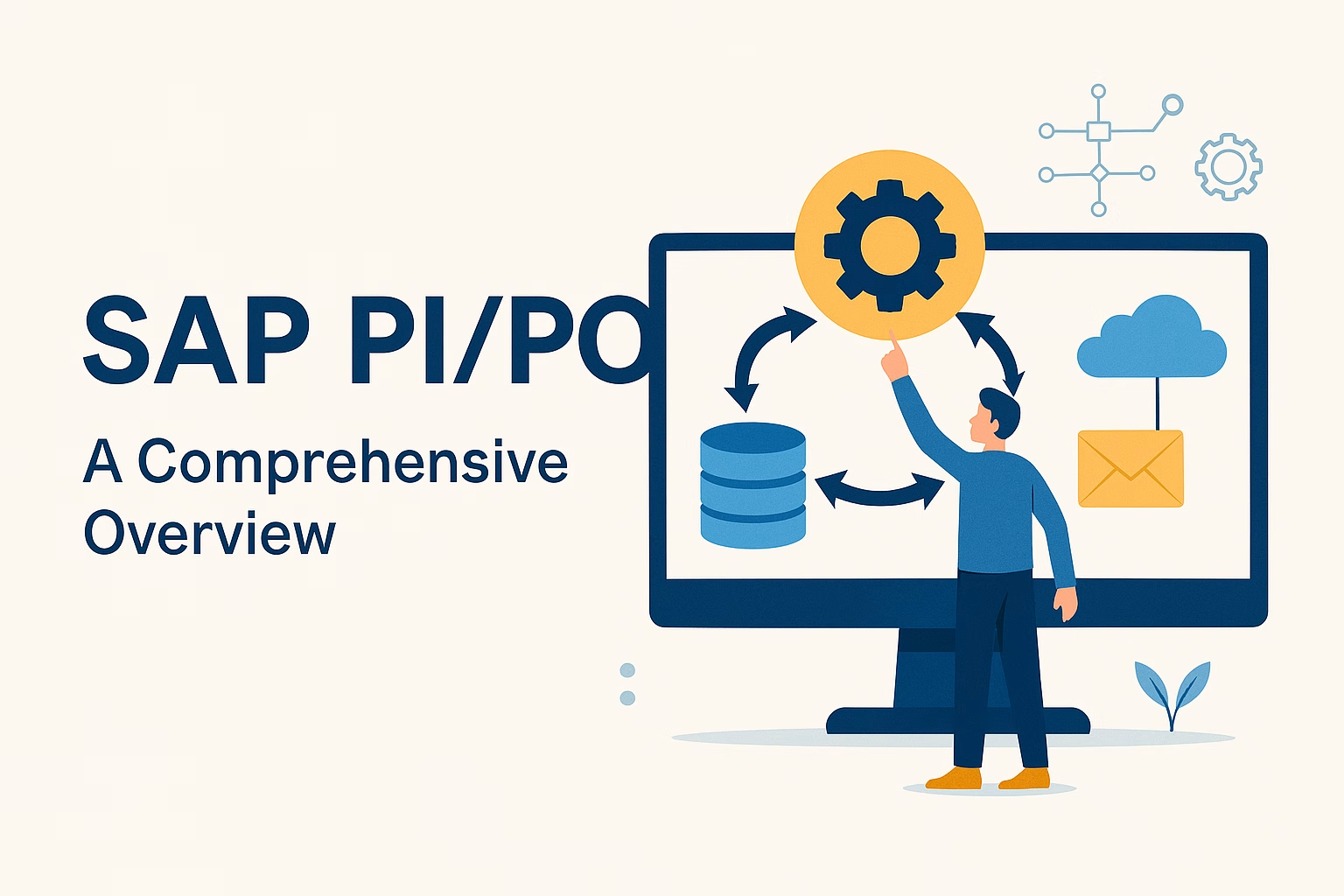Introduction
SAP Process Integration (PI) and SAP Process Orchestration (PO) are two key middleware solutions offered by SAP for enterprise integration. While both serve as integration platforms, they have distinct features, capabilities, and use cases. This article provides a comprehensive comparison between SAP PI and SAP PO, helping businesses determine the best fit for their integration needs.
Chapter 1: Overview of SAP PI and SAP PO
1.1 What is SAP PI?
SAP Process Integration (PI) is a middleware solution designed to facilitate communication between different IT systems within an enterprise. It provides a message-based integration framework, enabling seamless data exchange between SAP and non-SAP applications.
1.2 What is SAP PO?
SAP Process Orchestration (PO) is an advanced version of SAP PI that combines PI with additional functionalities, such as Business Process Management (BPM) and Business Rules Management (BRM). SAP PO extends the capabilities of PI by offering process automation and orchestration features.
Chapter 2: Key Differences Between SAP PI and SAP PO
| Feature | SAP PI | SAP PO |
|---|---|---|
| Integration Type | Primarily message-based integration | Message-based + process automation |
| Architecture | Dual-Stack (ABAP + Java) or Single-Stack (Java Only) | Java-only architecture |
| Process Automation | Limited | Advanced BPM and BRM capabilities |
| Adapters Supported | Multiple adapters like HTTP, IDoc, SOAP, REST, FTP | Same as PI with additional BPM integration |
| Business Rules Management (BRM) | Not Available | Available for defining business rules |
| Development Environment | Enterprise Service Repository (ESR), Integration Directory (ID) | Same as PI, plus additional BPM tools |
| Monitoring Tools | Runtime Workbench (RWB), SAP NetWeaver Administrator (NWA) | Enhanced monitoring with BPM capabilities |
| Use Cases | Simple to medium complexity integrations | Complex integrations with process automation |
| Recommended For | Companies needing basic integration | Enterprises requiring workflow automation |
Chapter 3: Deployment Considerations
3.1 When to Choose SAP PI
- If the integration requirement is primarily message-based with minimal process orchestration.
- If the enterprise has an existing PI landscape and does not require BPM or BRM functionalities.
- If cost and licensing constraints make SAP PI a more viable option.
3.2 When to Choose SAP PO
- If the organization needs end-to-end business process automation.
- If there is a requirement for complex workflows that involve BPM and BRM.
- If the business is transitioning to a more unified and future-proof middleware solution.
Chapter 4: Performance and Scalability
4.1 Performance Factors
- SAP PO, being a Java-only architecture, is more optimized and performs better than dual-stack SAP PI.
- BPM and BRM functionalities in SAP PO reduce manual interventions, leading to efficiency gains.
4.2 Scalability Considerations
- SAP PO is better suited for large-scale, enterprise-wide integration due to its orchestration capabilities.
- SAP PI can still be effective for smaller organizations with simpler integration needs.
Chapter 5: Future of SAP PI and SAP PO
5.1 Shift Towards SAP Integration Suite
SAP is gradually transitioning towards cloud-based integration solutions, such as SAP Integration Suite. While SAP PI/PO remains relevant for on-premise solutions, SAP encourages businesses to explore hybrid integration models.
5.2 Migration Strategies
Organizations using SAP PI should consider upgrading to SAP PO if they require process automation. For cloud-first strategies, SAP Integration Suite is a recommended alternative.
Conclusion
SAP PI and SAP PO serve different purposes within enterprise integration landscapes. While SAP PI is an excellent choice for straightforward message-based integration, SAP PO extends these capabilities with BPM and BRM for end-to-end process automation. Businesses must evaluate their integration needs, scalability requirements, and future strategy when selecting between the two.

